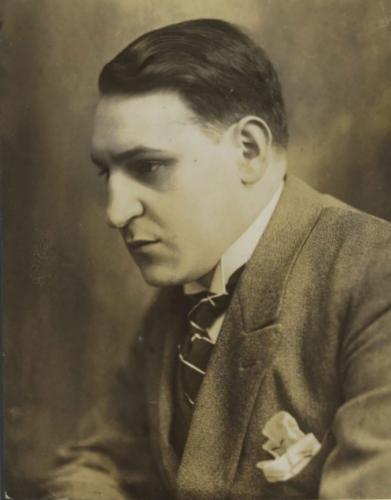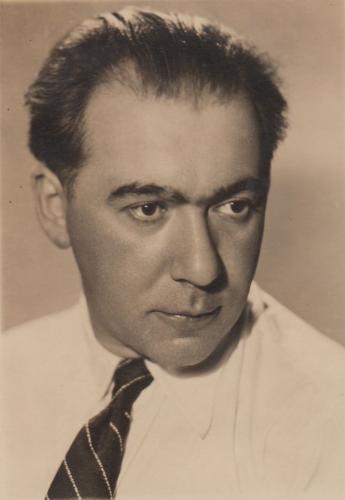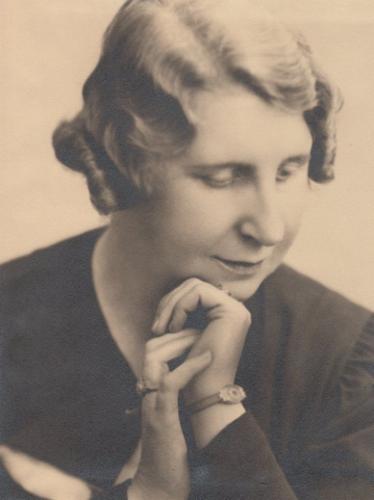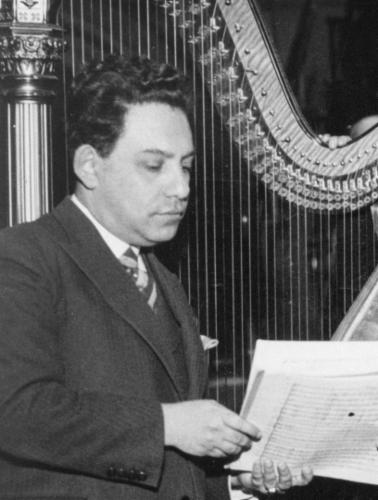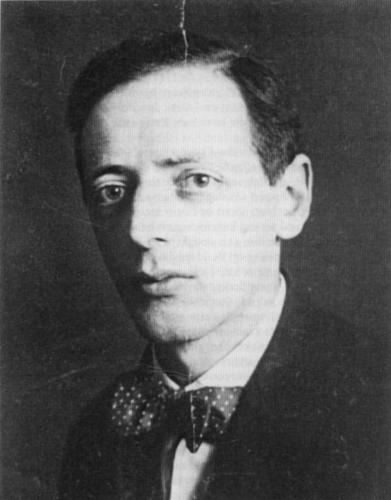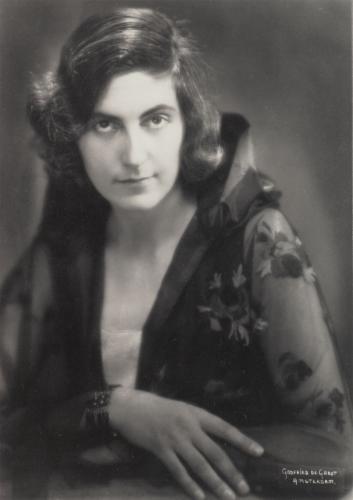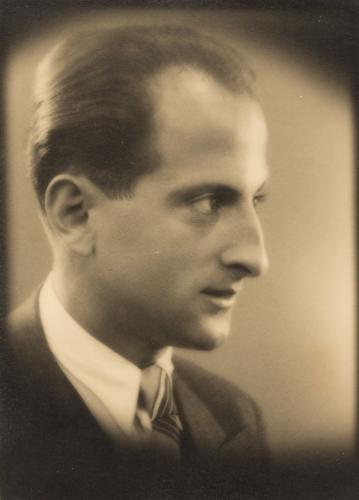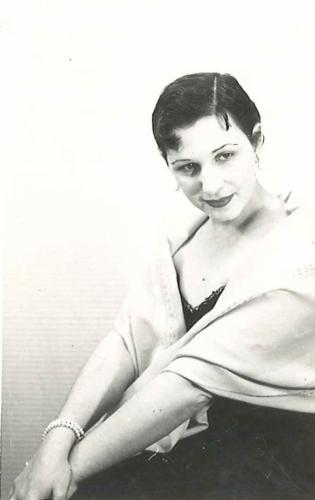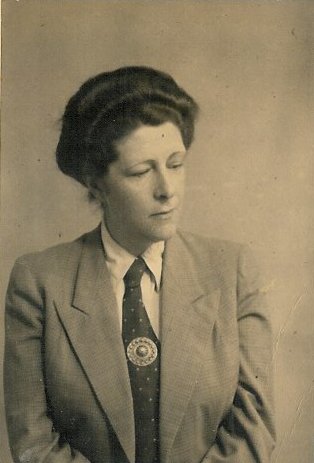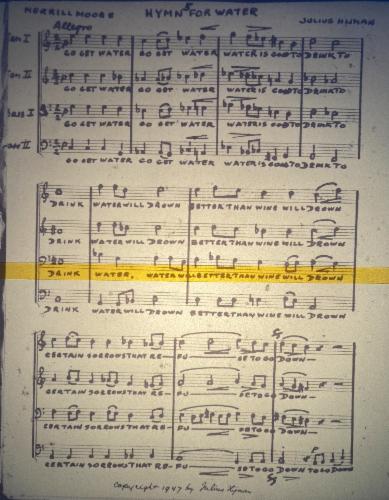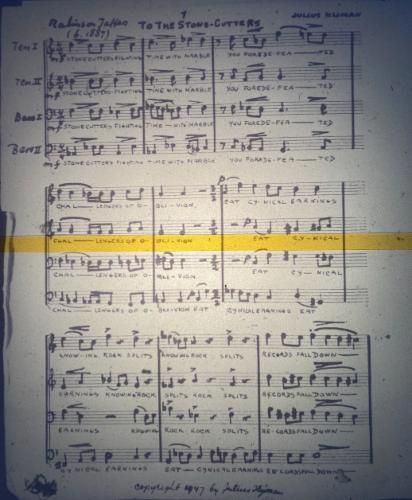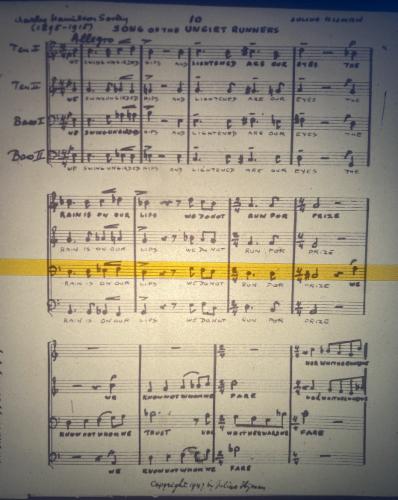featured composer
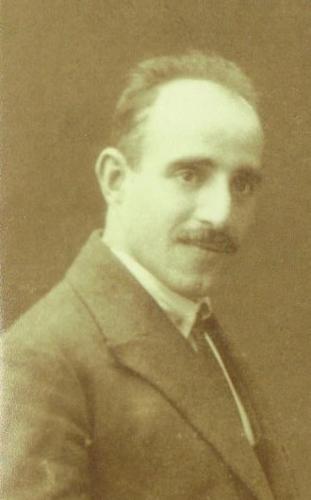
Ferenc/Franz Weisz (1893 - 1944)
Franz Weisz (Weisz Ferenc in Hungarian) decided to leave his home country Hungary due to the political situation and overt anti-Semitism. In the Netherlands he enjoyed two decades of freedom and musical possibilities, but then as a Jew, he was interned in camp Westerbork and later deported to Theresienstadt and Auschwitz. The second inevitable displacement led to his death. Weisz was a great pianist who left behind an oeuvre of several virtuoso piano pieces. by Annette de Klerk-Roggeveen more

